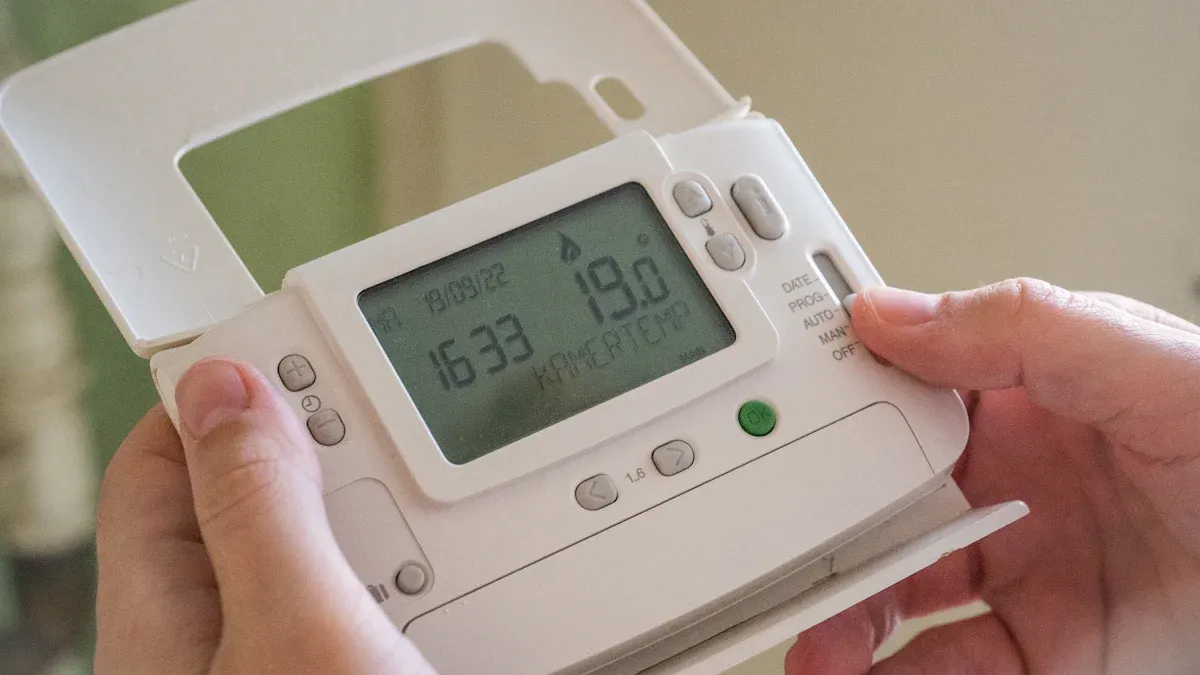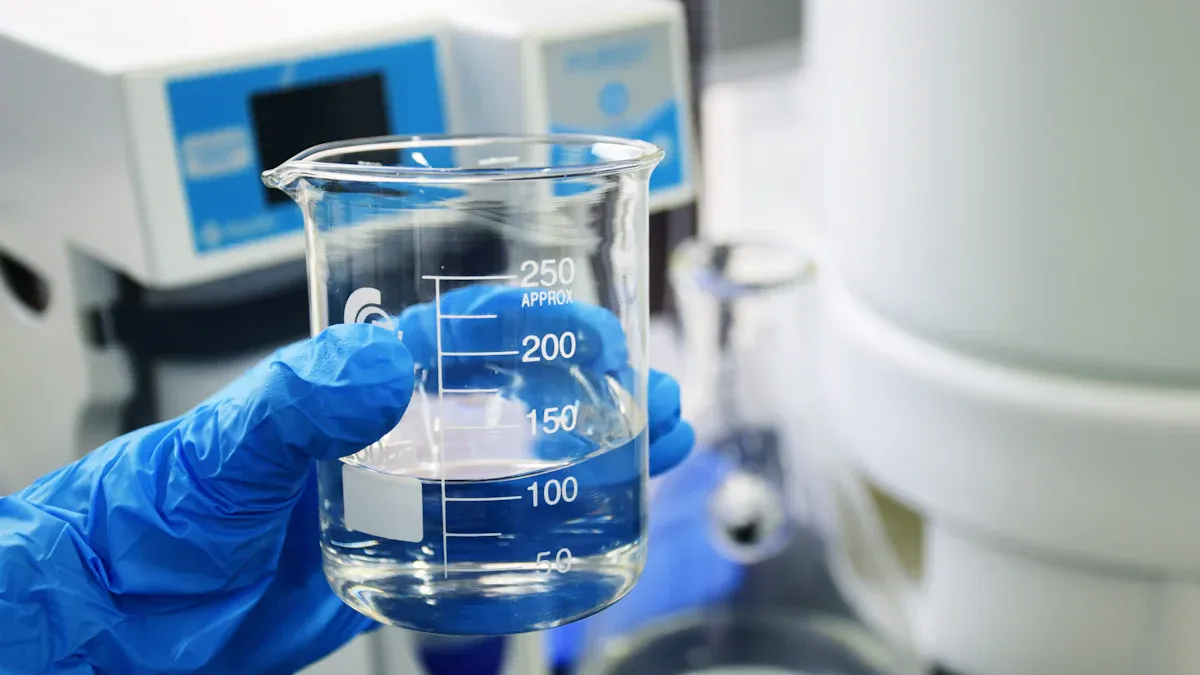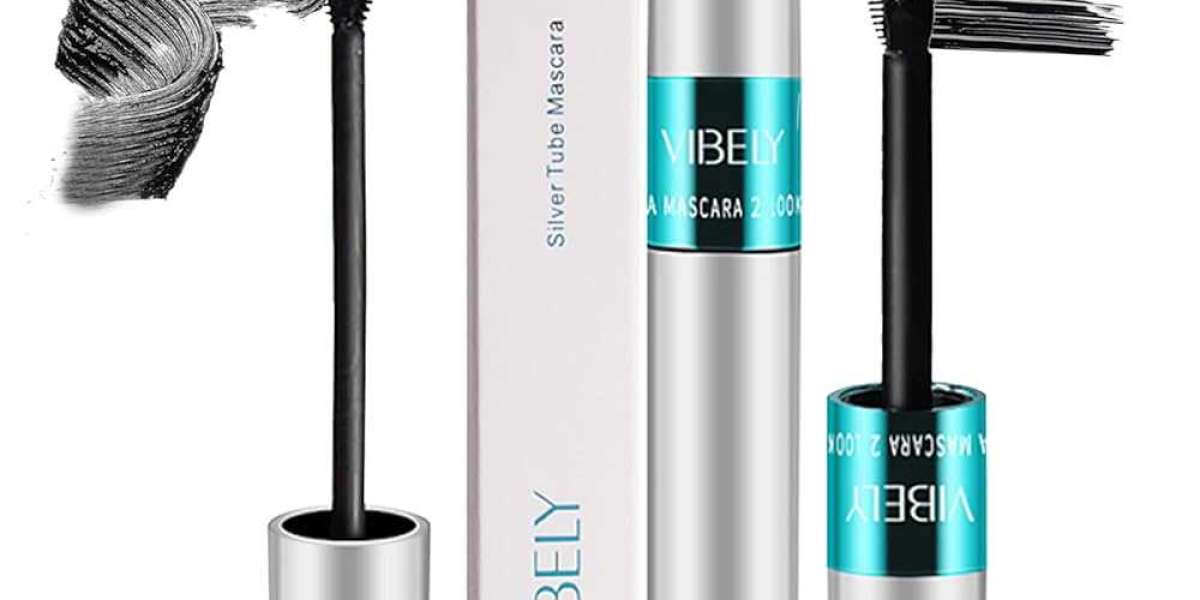
You can use a portable dissolved oxygen meter to check water quality easily. First, pick a portable device that fits your needs for accuracy. Always calibrate your portable dissolved oxygen meter before you begin. Handle water samples with care to keep quality and accuracy. Clean and take care of your portable device often. This helps you get the best accuracy when you test water.
Key Takeaways
Always calibrate your portable dissolved oxygen meter before you use it. This helps you get correct water quality readings.
Collect water samples carefully with clean tools. Try not to make air bubbles so oxygen levels stay right.
Put the probe gently in the water. Keep it clean and wait for the numbers to stop changing before you write them down.
Write down your measurements with details like where, when, temperature, and salinity. This helps you watch water quality over time.
Clean and take care of your meter often. Rinse it, check membranes, and change parts to keep it working well.
Portable Dissolved Oxygen Meter Setup

What You Need
You need some things to set up your portable dissolved oxygen meter. Get everything ready before you start:
Portable dissolved oxygen meter
Probe (sensor) for the meter
BOD bottles for water samples
Deionized water for cleaning and rinsing
Calibration solutions (air-saturated water or zero oxygen solution)
Clean, lint-free cloths
Spare membranes and electrolyte solution (if your probe uses them)
Manufacturer’s instruction manual
Tip: Always look at your supplies before you go out. If you forget something, you might have to wait to test water.
Calibrating a Dissolved Oxygen Meter
You need to calibrate your dissolved oxygen meter every time you use it. This step helps you get the most accurate results. You use air-saturated water or a zero oxygen solution for calibration. Air-saturated water is good because oxygen fills up the water at the top fast. Scientists say this way works well. They use Winkler titration to check and fix sensor drift. Calibration uses known oxygen solubility, which changes with temperature and salt in the water. Experts trust this method, and studies support it.
Here are the steps to calibrate your portable dissolved oxygen meter:
Rinse the probe with deionized water and dry it gently.
Get your calibration solution ready. For air calibration, use air-saturated water at room temperature.
Put the probe in the calibration solution. Make sure there are no air bubbles on the membrane.
Wait for the reading to stop changing.
Type in the calibration value as the manufacturer says.
Do the calibration again if your meter needs two-point calibration.
Note: Always use the manufacturer’s calibration instructions. These steps help you get good readings, keep your meter working well, and make it last longer. Features like automatic temperature compensation and re-calibration reminders make calibration easier and better.
You should calibrate your portable dissolved oxygen meter often. This keeps your measurements correct and your device ready for water testing.
Water Sample Collection

Collecting Water Samples
You must be careful when you collect water samples. This helps you get the right dissolved oxygen levels. Pick containers that are clean and have no contamination. Use sterile tools like ladles or empty mineral water bottles. These help you move water into your sampling bottles. Always wear gloves to keep outside things away from your samples. Do not touch the inside of the bottle or the water with your hands.
Here are some steps to help stop contamination:
Use a different sampling kit for each place. This stops cross-contamination.
Take subsamples from many spots in the waterbody. This helps your sample show the whole area.
Shake the sampling bottle to mix your subsamples. This makes the sample even.
Add a field blank with purified water. Treat it just like your other samples to check for contamination.
Keep your sampling bottles safe when you move them. This stops spills and keeps your samples safe.
Tip: Check your equipment before you start. Clean tools help you keep water quality good and get results you can trust.
Handling for Quality
Handle your water samples gently to keep dissolved oxygen levels right. Try not to make air bubbles when you fill your bottles. Air bubbles can change the oxygen and mess up your readings. Use non-plastic tools if you can. This helps lower microplastic contamination.
Test dissolved oxygen soon after you collect your sample. It is very important to measure do levels right away. If you wait too long, oxygen can leave or react with other things. Fast testing gives you the best idea of water quality at that time.
Follow strict quality steps. Use field and procedural blanks to find contamination. If you cannot test your samples right away, keep them cool and in the dark. Always use standard steps to make your results better.
Note: Careful handling helps you get good data and reach your water testing goals.
Measuring Dissolved Oxygen
Probe Placement
You need to place the probe in the water with care. Hold the probe by the handle and lower it into the sample. Do not let the entire dissolved oxygen meter touch the water. Only the sensor tip should go in. Make sure the membrane on the probe stays clean and free of air bubbles. Air bubbles can block the sensor and give you wrong dissolved oxygen levels.
You can use these steps to get the best results:
Rinse the probe with deionized water before you start.
Gently lower the probe into the sample bottle or water body.
Keep the probe tip away from the sides and bottom. This helps you avoid trapped air.
Check the membrane for bubbles. If you see any, tap the probe lightly or swirl it to release them.
Tip: Always keep the probe upright. This helps the sensor work well and keeps the readings steady.
Environmental factors like temperature and salinity can change dissolved oxygen levels in your water sample. Cooler water holds more oxygen, so you may see higher readings in cold seasons. Rainfall can lower salinity and change how much oxygen the water can hold. These changes can affect your results, so you should note the temperature and salinity when you measure.
Reading the Meter
After you place the probe, you need to read the meter. Wait for the numbers on the display to stop changing. This means the sensor has adjusted to the water and is ready to show the dissolved oxygen levels.
You can follow these steps for better accuracy:
Gently stir the probe in the water. This helps the sensor get fresh water and avoids dead zones.
Watch the display. Wait until the reading stays the same for at least 30 seconds.
Record the dissolved oxygen levels right away. Write down the temperature and salinity if your meter shows them.
Note: Some portable meters use dissolved oxygen technology that adjusts for temperature and salinity. This helps you get more accurate results.
If you see unstable readings, check for air bubbles or dirt on the membrane. Clean the probe and try again. Always use the meter in the same way each time. This helps you compare results and spot changes in water quality.
You can use a table to record your measurements:
Sample Location | Dissolved Oxygen (mg/L) | Temperature (°C) | Salinity (ppt) | Time |
|---|---|---|---|---|
Lake Center | 8.2 | 18 | 0.5 | 10:00 |
Shoreline | 7.5 | 19 | 0.6 | 10:15 |
Tip: Keep your records organized. This helps you track changes and spot problems in your water over time.
Interpreting Water Quality Results
Understanding Readings
When you use a dissolved oxygen meter, you get numbers in milligrams per liter (mg/L) or percent saturation (%). These numbers tell you how much oxygen is in the water. It is important to know what these numbers mean for water quality.
If dissolved oxygen is between 4 mg/L and 8 mg/L, the water is healthy for most freshwater animals.
At least 4 mg/L is needed to keep fish and other creatures safe.
Most rules say water should have 5 mg/L or more.
Clean water in rivers often has more than 6 mg/L.
If percent saturation is over 80%, the water is good for living things.
If the numbers are lower, it can mean pollution or bad water conditions.
Note: If dissolved oxygen drops below 4 mg/L, fish and other animals can have trouble living. Studies show that low oxygen can kill fish and hurt the whole water system. Too many nutrients from farms or sewage can lower oxygen and harm aquatic life. You can see this in places where pollution causes fish to die.
You also need to think about the season. In summer, warm water holds less oxygen. Slow water and rotting plants can make oxygen go down even more. In winter, cold water holds more oxygen, so you might see higher numbers. Always check the weather and season when you look at your results.
Recording and Analyzing Data
Always write down your dissolved oxygen meter results carefully. Record where you took the sample, the time, temperature, and other details. Many scientists use sensors that save data every 30 minutes. These sensors send the information to a server, so you can see it right away. If you use a notebook, make sure your notes are clear and complete.
Sample Site | DO (mg/L) | DO (%) | Temp (°C) | Time |
|---|---|---|---|---|
River Bend | 7.2 | 85 | 17 | 09:00 |
Dock Area | 5.8 | 78 | 20 | 09:30 |
To keep your data correct, you need to clean it. Take out missing numbers or ones that do not make sense. If you see a number that is much higher or lower than normal, check your tools and test again. You can use averages to see if your water is getting better or worse over time.
Tip: Look for patterns in your data. If dissolved oxygen drops after heavy rain or hot days, you may need to help protect fish and other animals.
Scientists often compare dissolved oxygen with other things, like temperature or nutrients. They use graphs and charts to find trends. Some use computer models to guess what will happen next. You can also use a water quality index, which puts different measurements into one score. This helps you see if your water is healthy or needs help.
If you check dissolved oxygen for months or years, you can find problems early. You might see that some places have low oxygen every summer. This shows you where to focus your work. Good records help you share what you find and make better choices for your water.
Maintenance and Troubleshooting
Cleaning the Meter
It is important to keep your portable dissolved oxygen meter clean. Clean tools help you get good results. After you use the meter, rinse the probe and meter with fresh water. This washes away dirt and stops germs from growing. Dry everything with a clean cloth. Make sure there is no water left on the probe or meter. Water can hurt the device if you store it for a long time.
Look at the membrane on the probe often. If you see tears or dirt, change the membrane right away. Only use the electrolyte solution the maker suggests. Fill the membrane cap with new solution before you put it back. This keeps the sensor working well.
Take out the batteries before you store the meter. This stops battery leaks and damage. Clean connectors and put silicone grease on them. Check cables and seals for wear. Always follow the maker’s cleaning and storage steps. Good cleaning and storage help your meter last longer and keep calibration right.
Tip: Write down every cleaning and calibration in a logbook. This helps you track maintenance and keeps your data good.
Common Issues
You may have some problems when you use a dissolved oxygen meter. Air bubbles on the probe membrane can make readings jump. To fix this, tap or swirl the probe in water to let bubbles go. If readings still jump, look for dirt or damage on the membrane. Change it if you need to.
Sometimes, the meter will not calibrate or shows errors. Use fresh calibration solutions and follow the manual steps. If it still does not work, check the probe for damage or old solution. Change parts if needed.
If you see low or drifting readings, check for old batteries or dirty connectors. Clean connectors and put in new batteries. Always calibrate the meter before you use it. This keeps your readings right.
Note: Regular calibration and cleaning stop most problems. If you still have trouble, ask the maker for help.
You can get good water testing results if you use your portable dissolved oxygen meter the right way. First, make sure you calibrate it and handle samples with care. Test the dissolved oxygen in water right away and write down your results. Take care of your meter by cleaning it, calibrating it, and checking the batteries often.
Wash the sensors and rinse them after every use so biofouling does not happen.
Put grease on connectors and look at cables to make sure your portable device works well.
Write down all calibration and maintenance steps to help you track water quality.
If you take care of your meter and fix problems, it will stay accurate for a long time.
FAQ
How often should you calibrate your portable dissolved oxygen meter?
You should calibrate your meter before each use. This step helps you get the most accurate results. If you use the meter for a long time, check calibration every few hours.
What should you do if your readings seem wrong?
Check for air bubbles on the probe. Clean the membrane and make sure you followed calibration steps. If the problem stays, replace the membrane or electrolyte solution.
Tip: Always check your batteries. Low power can cause strange readings.
Can you use the meter in saltwater and freshwater?
Yes, you can use the meter in both. Make sure you set the salinity on your meter before testing saltwater. This helps you get correct dissolved oxygen readings.
How do you store the probe after use?
Rinse the probe with clean water. Dry it with a lint-free cloth. Store the probe in a protective cap or case. Keep it in a cool, dry place.
Note: Never store the probe dry for long periods. This can damage the sensor.
https://www.schinstrument.com/portable-dissolved-oxygen-meter-water-testing-guide.html






